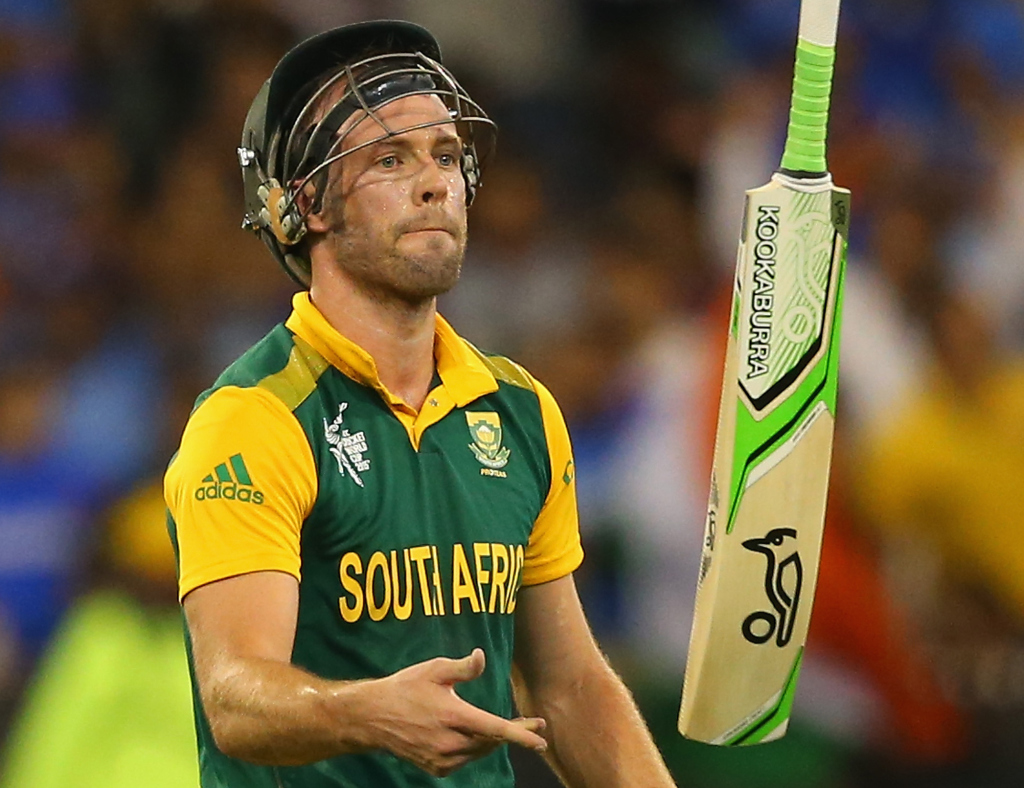Wayne Parnell will be the scapegoat, credit must be given to Shikhar Dawan and the death bowling was a bit better, after South Africa lost to India in Sunday’s key World Cup match in Melbourne.
1. Parnell The Patsy
Afforded an umpteenth second chance in the absence of Farhaan Behardien, Parnell was typically wayward and stubborn on Sunday. While Morne Morkel successfully experimented with the slower ball and Dale Steyn was effective enough outside the off-stump, Parnell’s belligerent unwillingness to take the pace off the ball proved very costly. Make no mistake, he was characteristically substandard, but should be heralded as the scape goat rather than the primary problem. The selectors have, rather obviously now, fudged the balance of the squad. Snubbed initially, Ryan McLaren has since been sidelined by injury, so is not a belated option. David Wiese, then, should enter the equation – if or when a late call-up for injury cover is allowed.
2. Credit Where It’s Due
South Africa’s fickle fans, the bulk of which would’ve awoken after the 44th over of the Indian innings, when Shikhar Dhawan was out, would have taken an ignorant glance at the scorecard – and presumed the bowling was weak. The bigger picture, though, will take into account the absence of the injured Vernon Philander – and demands praise for Dhawan. The centurion was typically audacious, bettering the ton struck against the same opposition in the 2013 Champions Trophy in Cardiff by a long shot. His premeditated shuffle across off-stump – and subsequent lofted flick over backward square-leg for six off the bowling of Morkel – was a particular favourite.
3. ‘Til Death Do Us Part
South Africa’s bowling through the closing throes has been the subject of plenty of criticism recently. This time, however, there was very little room for disapproval. A first-choice attack mentored by Allan Donald and Charl Langeveldt – and far too comfortable with omitting Kyle Abbott – still has plenty to prove. But Sunday’s recovery from 266 for three after 44 overs to a relatively restricted 307 for seven bodes well. Parnell’s expense at the cavalier approach of Mahendra Singh Dhoni aside, Steyn and Morkel – and Tahir’s solitary over – were solid and sound. The key was bowling full and straight. Nothing revolutionary, really, just proper execution of the basic disciplines required at a crucial stage.
4. Six Of The Best? Hardly
South Africa arguably have the best top six batsmen in the world, they said. A target kept to under 310 would be very achievable, others insisted. India’s lack of pace shouldn’t be troublesome, many suggested. Theory, too, soon came to practical fruition. The indelible mark AB de Villiers and company were meant to leave during the first real test of the tournament amounted to nothing. The wickets of Hashim Amla and Faf du Plessis epitomised the woe, with the former effectively outdone by the Melbourne Cricket Ground’s bigger boundaries and the latter outfoxed by the additional bounce. Six individuals must act more cohesively.
5. Oh The Irony…
De Villiers’ near quantifiable value in the field was demonstrated by twin direct-hits, removing the dangerous Rohit Sharma and Ravindra Jadeja. He later, ironically, ran himself out during an important juncture of the pursuit. Amla and Miller, too, were almost run out. The left-hander eventually was – on the second attempt. Communication between the wickets will be high on the agenda ahead of Friday’s fixture against the West Indies. India have resigned yesteryear’s laziness to the past, and are an outstanding fielding, but the Proteas will admit wickets of such great value cannot be given away in such tame fashion. ‘Two runs-outs, absolutely unacceptable in the top six. Me and David sat on the side of the field, not even being dismissed by a bowler, which was disappointing,’ rued de Villiers after the defeat.







